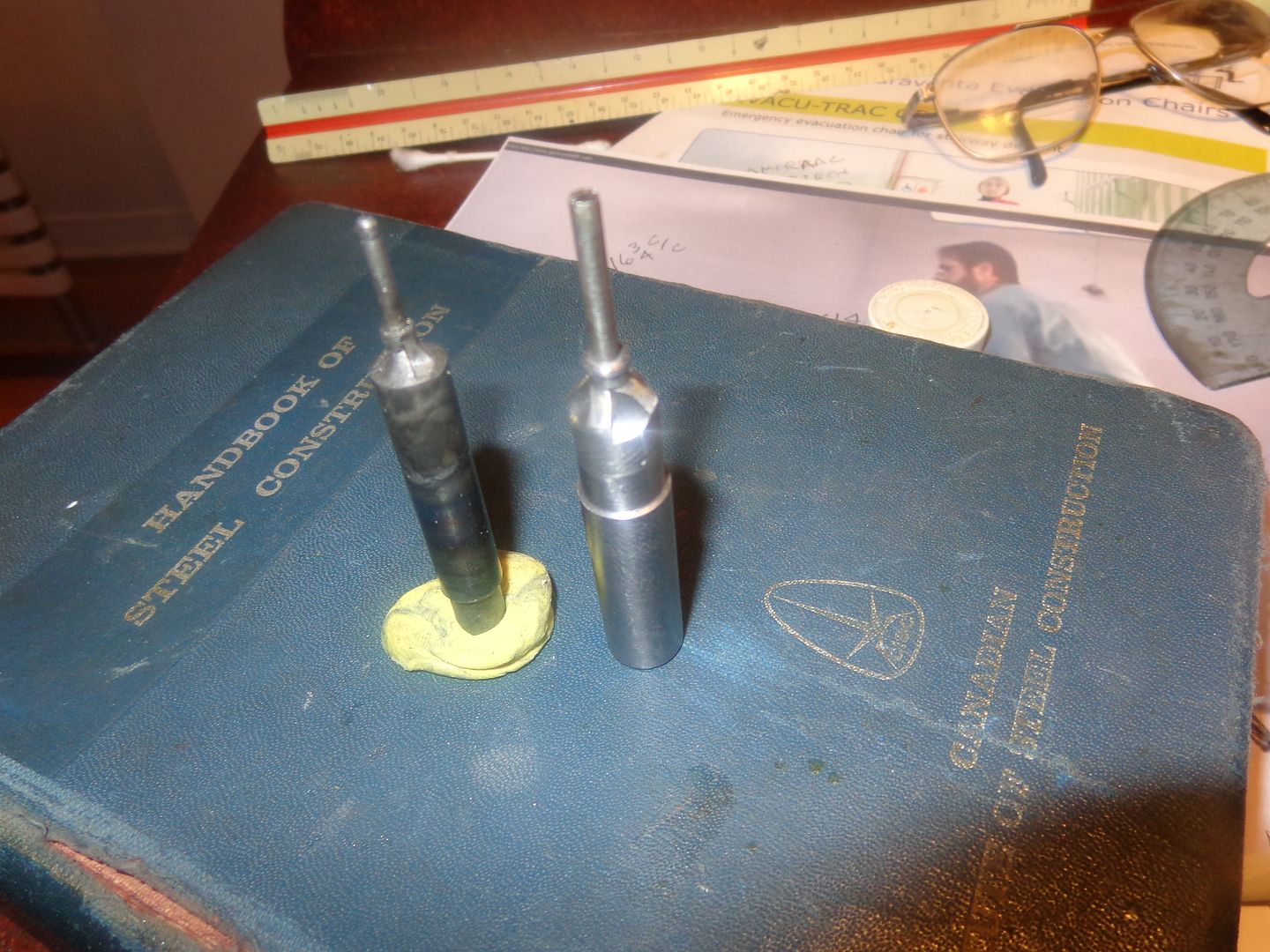- Joined
- May 27, 2010
- Messages
- 2,999
- Reaction score
- 1,171
Gus--I have found that with valve guides it is better to not put the valve seat in them until they are pressed/loctited into place in the cylinder head. That is because the guides can deform if the pressing in requires much force, the guides will go out of round. I generally press/loctite the guides into place, then use my Geo Britnell tool to put the valve seat in by hand, then lap the valves into the seats "in place'. I get more consistant results that way.---Brian
Hi Brian,
Thanks for the timely alert advice. I did get deformed valve seats with earlier engines. Pressed in guides did get deformed with very tight fits.Spent too much time lapping and lapping and lapping. Taking my sweet time enjoying making the small and vital parts.The V-2 Carb will be very challenging.Will loctite in the guides tomorrow. Lapping will be done very much later.Sure hate to get lapped tappet valves mixed up and mismatched.
This was learnt from previous engines.:hDe:
Gus now reformed machinist and engine builder. Best to study/scrutinise/comprehend every drawing and write up work procedures and also ensure I have the right tools for the right job and if not DIY them. The odd size counterbores were good examples.
Trust warm weather coming your way. Meanwhile we are having a dry spell which means no rain and good fishing.


























